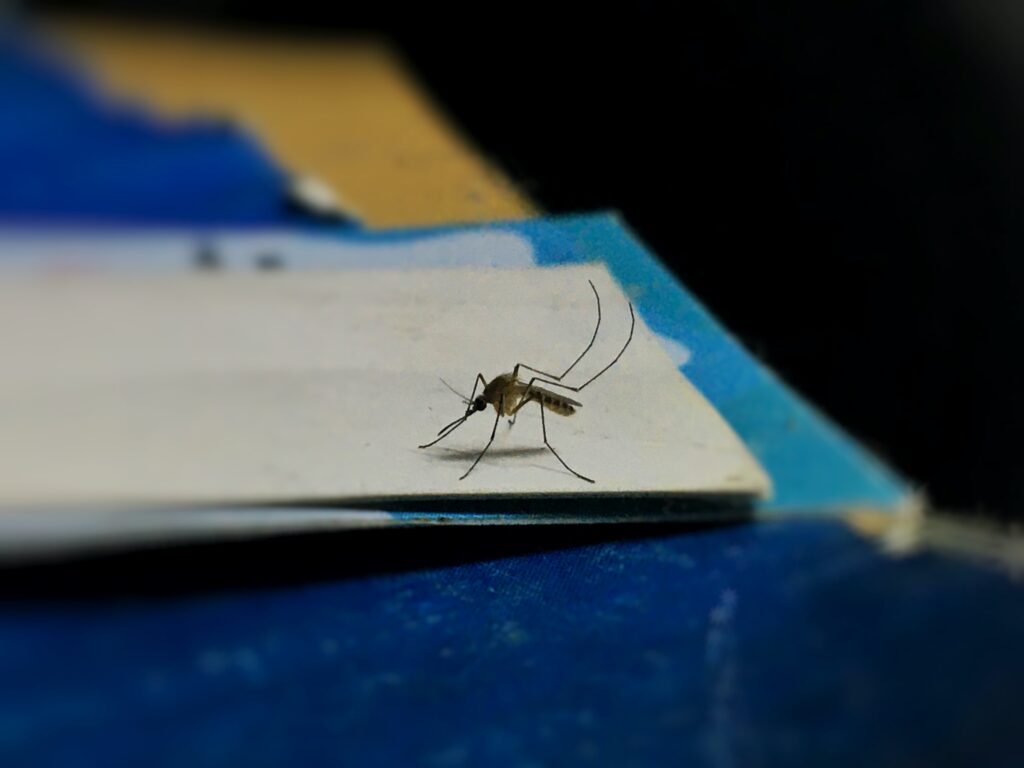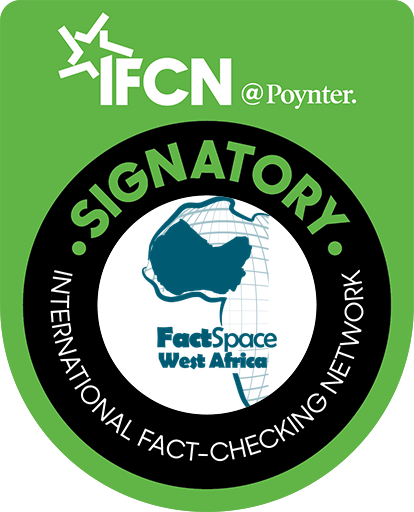Ghana is endemic for 14 of the 20 Neglected Tropical Diseases (NTDs) identified by the World Health Organisation (WHO).
This is despite the fact that the West African nation has successfully eradicated 3 of these diseases, including Guinea worm, Trypanosomiasis, and Trachoma.
According to the Ghana Health Service, the country runs an NTD programme which has the mandate to “progressively reduce morbidity, disability and mortality due to NTDs using integrated and cost-effective approaches with the view to eliminate NTDs in Ghana by the year 2030.”
The other 11 diseases endemic in Ghana include Lymphatic Filariasis (elephantiasis), Onchocerciasis (river blindness), Schistosomiasis, Soil-transmitted helminths (worms), Buruli ulcer, Guinea worm, Leprosy, Yaws, human African Trypanosomiasis (sleeping sickness), Rabies, Cutaneous Leishmaniasis, Trachoma, Scabies, and Snakebite envenoming.
The program manager at the Neglected Tropical Diseases unit of the Ghana Health Services, Dr Joseph Opare, in a media interview said Lymphatic Filariasis, Soil-transmitted helminths, Onchocerciasis, and Bilharzia are some of the known NTDs that received regular mass drug administrations in Ghana.
Lymphatic filariasis (Elephantiasis)
Lymphatic filariasis , also know us elephantiasis is a disease that affects the lymphatic system of its patients. Patients with elephantiasis are characterized by enlargement and disfiguration of their body parts and a lot of pain.
Its parasites (filarial parasites) are transmitted to humans through an infected mosquito vector.
According to the World Organisation, as of 2018, about 51 million people were infected, while in Ghana, Dr Joseph Opare indicates that the disease prevelance has been reduced from 116 districts to 7 as of the end of 2023 (19:54-20:08).
Onchocerciasis
Also known as river blindness, onchocerciasis is caused when blackflies infected by the onchocerca volvulus worm repeatedly bites an individual. It leads to blindness, severe body itching, and skin disfiguration in infected individuals.
According to the WHO, 99% of those infected by the disease are from 31 African countries, with more than 220 million people at risk of getting the disease globally.
Although the disease is yet to be eradicated in Ghana, the Ghana Health Service currently has almost zero cases of blind patients due to the illness, Dr Opare highlighted. (20:03-20:15).
Schistosomiasis
Also known as Bilharzia, it is caused when people get in contact with parasitic blood flukes that infect river snails, thus making them vectors of the disease. The disease presents symptoms such as diarrhoea, abdominal pains, and bloody stool and urine.
On February 1, 2024, the Director of the Environmental and Sustainable Development Department of the Volta River Authority (VRA), Ben Sackey, reported increasing cases of schistosomiasis (Bilharzia) from Lakeside communities within the Volta Basin in the wake of the Akosombo Dam spillage.
Soil-transmitted helminths (Worms)
Soil-transmitted helminths are transmitted by eggs passed in the faeces of infected people. It can be controlled through periodical deworming to eliminate infecting worms, health education to prevent re-infection, and improved sanitation to reduce soil contamination with infective eggs.
Some symptoms infected persons may experience include diarrhoea, blood loss, and physical and mental retardation. The WHO estimates more than 1.5 billion (24%) people are infected globally.
Some ongoing preventive measures against NTD
In January and November 2023, the Ghana Health Service launched its annual Mass Drug Administration campaign against Onchocerciases and Lymphatic filariasis and conducted a National Mass Drug Administration exercise against Soil-Transmitted Helminths and Schistosomiasis across 116 districts in all regions except the capital in the Eastern and Greater Accra region.
By: Sedem Kwasigah



